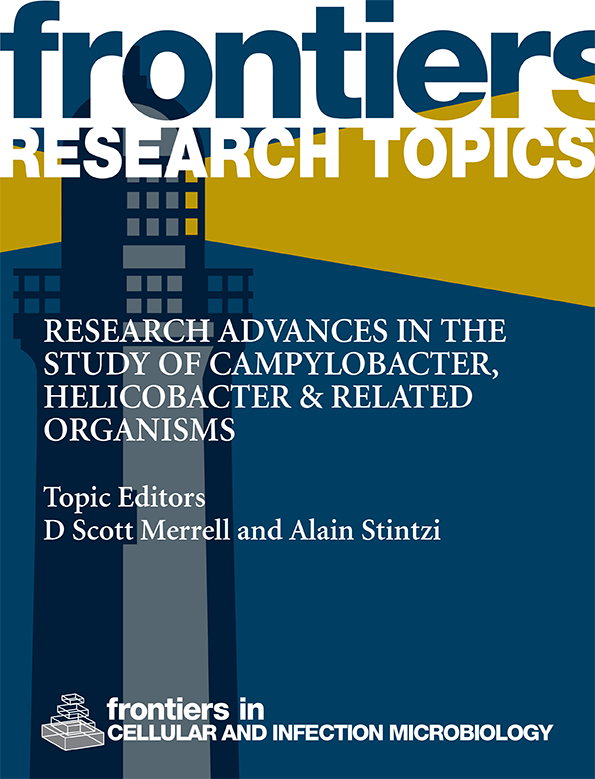Distinctive features and prognostic utility of neutrophil in severe patients with Klebsiella pneumoniae infection
IF 4.6
2区 医学
Q2 IMMUNOLOGY
Frontiers in Cellular and Infection Microbiology
Pub Date : 2024-09-03
DOI:10.3389/fcimb.2024.1406168
引用次数: 0
Abstract
BackgroundNeutrophil plays a pivotal role in the management of肺炎克雷伯菌感染重症患者中性粒细胞的显著特征和预后作用
背景中性粒细胞在肺炎克雷伯菌感染的治疗中起着关键作用。方法 从重症监护医学信息中心(Medical Information Mart for Intensive Care IV)和 eICU 合作研究数据库中纳入不同感染部位的肺炎克雷伯菌感染患者。使用局部加权散点图平滑曲线研究临床发病 30 天内中性粒细胞计数的时间变化。对中性粒细胞计数与住院死亡率之间的关系进行了逻辑回归分析。与幸存者组相比,非幸存者组年龄相对较大,肺炎克氏菌感染来源于呼吸道和血液的比例较高(38.4% vs 21.1%,p<0.0001;15.1% vs 10.3%,p=0.021)。合并多种耐药菌株、呼吸道感染、肝病和 60 岁以上的患者的中性粒细胞水平呈现出特殊的动态变化过程。中性粒细胞计数在入院时和 1-2 周后达到高峰。中性粒细胞计数与住院死亡率呈 "U "型关系。对感染肺炎克氏菌的重症患者在入院时和入院后 1-2 周内进行密切监测至关重要,尤其是中性粒细胞计数超过 8.0×109/L 的患者。
本文章由计算机程序翻译,如有差异,请以英文原文为准。
求助全文
约1分钟内获得全文
求助全文
来源期刊

Frontiers in Cellular and Infection Microbiology
IMMUNOLOGY-MICROBIOLOGY
CiteScore
7.90
自引率
7.00%
发文量
1817
审稿时长
14 weeks
期刊介绍:
Frontiers in Cellular and Infection Microbiology is a leading specialty journal, publishing rigorously peer-reviewed research across all pathogenic microorganisms and their interaction with their hosts. Chief Editor Yousef Abu Kwaik, University of Louisville is supported by an outstanding Editorial Board of international experts. This multidisciplinary open-access journal is at the forefront of disseminating and communicating scientific knowledge and impactful discoveries to researchers, academics, clinicians and the public worldwide.
Frontiers in Cellular and Infection Microbiology includes research on bacteria, fungi, parasites, viruses, endosymbionts, prions and all microbial pathogens as well as the microbiota and its effect on health and disease in various hosts. The research approaches include molecular microbiology, cellular microbiology, gene regulation, proteomics, signal transduction, pathogenic evolution, genomics, structural biology, and virulence factors as well as model hosts. Areas of research to counteract infectious agents by the host include the host innate and adaptive immune responses as well as metabolic restrictions to various pathogenic microorganisms, vaccine design and development against various pathogenic microorganisms, and the mechanisms of antibiotic resistance and its countermeasures.
 求助内容:
求助内容: 应助结果提醒方式:
应助结果提醒方式:


